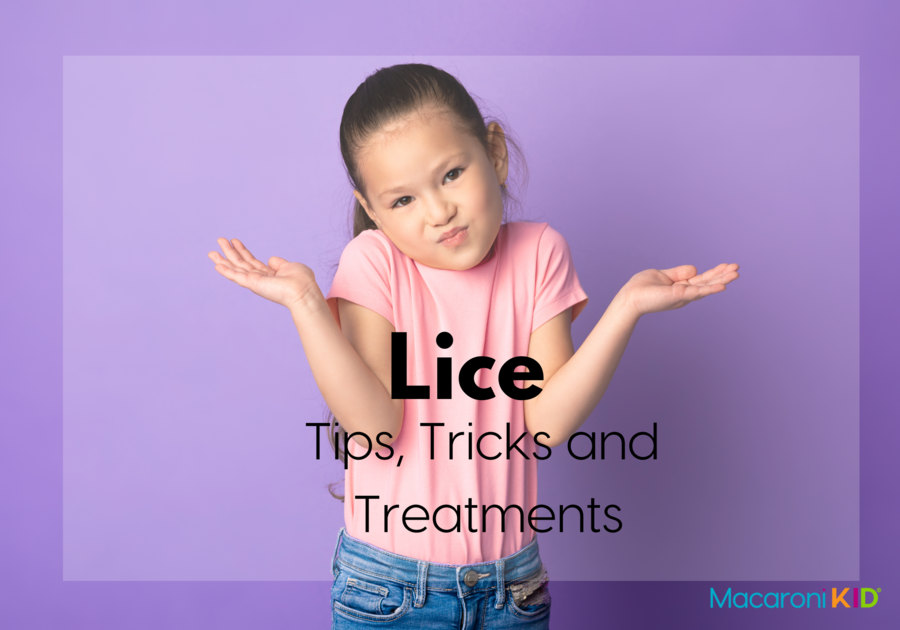School is back in session and that means those little. white buggers are bound to make a back to school rebound also! Although lice infestations are not a sign of poor hygiene and are not dangerous, they can be a nuisance and require attention. Here's a guide on how to check for lice, prevent infestations, and treat them effectively. Lice can be frustrating to treat and get rid of! Trust me, we have had our share of lice battles and it is no fun.
As with anything else medically related, always check with your healthcare provider for advice. This article is no substitute for consulting your doctor.
What Are Head Lice?
Head lice are tiny, wingless insects that live on the scalp and feed on blood. They are about the size of a sesame seed and can be difficult to spot. Lice lay eggs, known as nits, which attach to hair shafts close to the scalp. Nits are small, oval, and often yellowish or white.
How to Check for Lice
- Gather Supplies: You’ll need a fine-toothed lice comb, a bright light, and possibly a magnifying glass.
- Examine the Scalp: Start by checking behind the ears and at the nape of the neck, as these areas are common hotspots for lice.
- Wet the Hair: Lice are easier to spot in wet hair. Use a conditioner to make the hair slippery, which helps in combing and finding lice.
- Use a Lice Comb: Comb the hair in small sections, starting from the roots to the tips. Wipe the comb on a white paper towel or tissue to check for lice or nits.
- Check for Symptoms: Itching and redness on the scalp are common symptoms of lice.
Tips for Prevention
- Avoid Sharing Personal Items: Teach your children not to share combs, brushes, hats, or scarves with others.
- Regular Hair Checks: Periodically check your child’s hair, during the school year or after a sleepover or camp.
- Encourage Good Hygiene: While lice are not related to poor hygiene, keeping hair clean and well-maintained can make it easier to spot lice.
- Keep Hair Tied Back: For young children, keeping hair tied back can reduce the chances of lice spreading.
How to Treat Lice
- Use Over-the-Counter Treatments: Shampoos, conditioners, or topical treatments specifically designed to kill lice are available at pharmacies. Follow the instructions carefully.
- Prescription Treatments: If over-the-counter treatments are not effective, consult your healthcare provider for stronger prescription options.
- Manual Removal: After using treatment, comb the hair with a fine-toothed lice comb to remove dead lice and nits. This process should be done every 2-3 days for at least 2 weeks.
- Clean Personal Items: Wash all clothing, bedding, and towels used by the infested person in hot water and dry on high heat. Items that cannot be washed should be sealed in a plastic bag for 2 weeks.
- Disinfect the Environment: Vacuum carpets, upholstered furniture, and car seats to remove any fallen lice or nits. Avoid using insecticides in the home, as they are unnecessary and can be harmful.
Follow-Up
- Recheck: Continue to check your child’s hair regularly for any signs of returning lice. Sometimes, a second treatment may be needed.
- Notify Others: Inform your child’s school, daycare, or any other groups they are involved in so others can be vigilant and take preventive measures.
Local Options:
If you need to call in a professional here are some locally owned lice treatment facilities:
I am creative but not that creative! This post did have support from my cute friend Chat but has been edited and checked by yours truly



